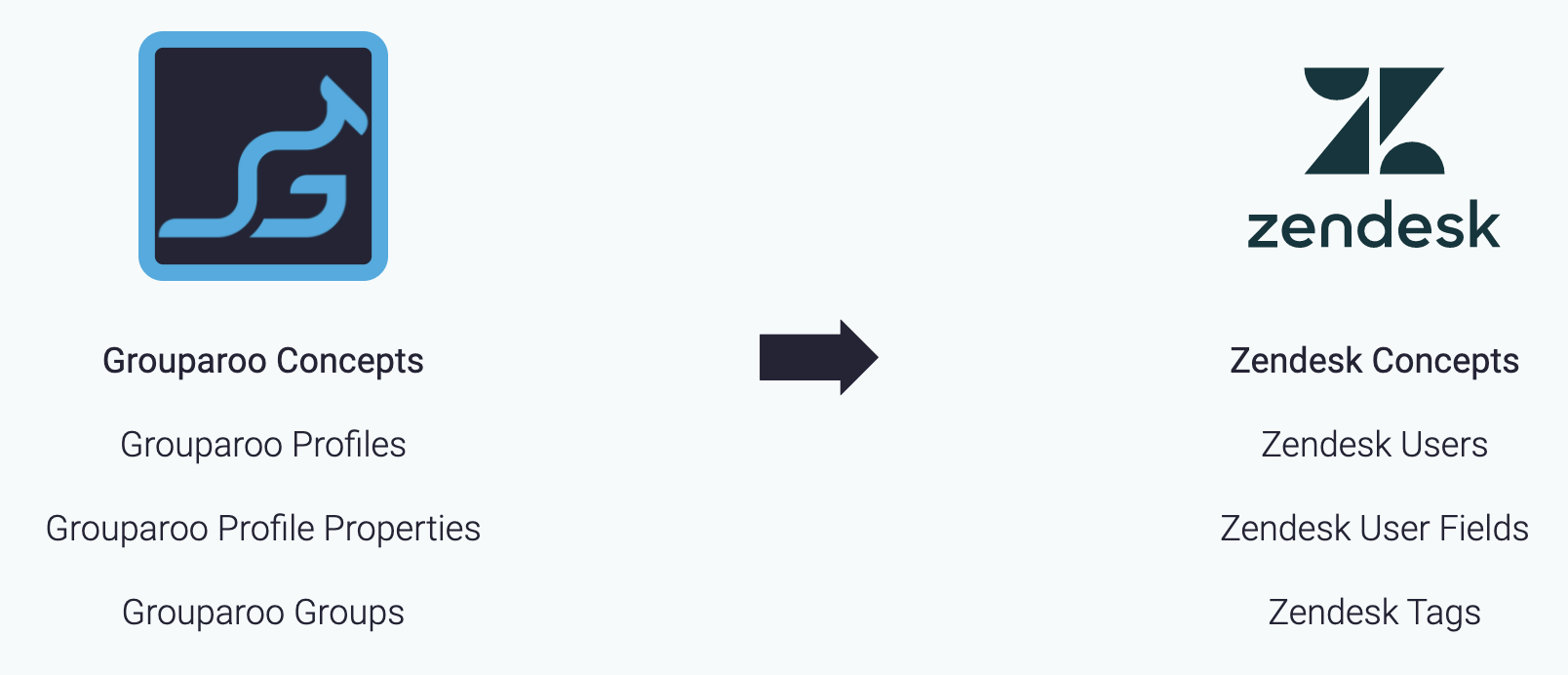New
New
We have added Zendesk as a Grouparoo destination. One of our most popular requests, we are exciting to be helping our friends in operations get more data to support their customers.

We particularly love the use case of shared group definitions between your email and support tools. Your "High Value" customer group in email can now seamlessly have their tickets routed to higher SLA Zendesk queues as well.
See all Updates
Get Started with Grouparoo
Start syncing your data with Grouparoo Cloud
Start Free TrialOr download and try our open source Community edition.